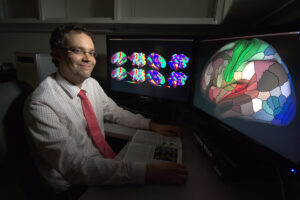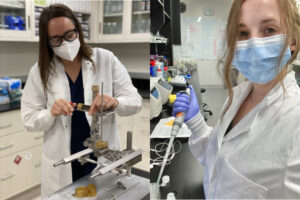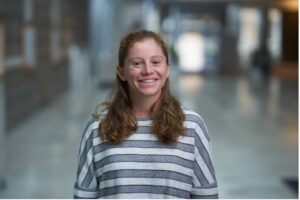“We are all doing important work.”
Diversity, equity, inclusion a pillar of Neuroscience Research Building (Links to an external site)


“We are all doing important work.”

Olendorff managed equipment, facilities, renovations, and day-to-day operations, working “minor miracles” to keep the Department running smoothly.

From circadian rhythms in Drosophila to feeding and mating in mosquito, Duvall is revealing the inner workings of insect behavior—and how to manipulate it.

Evans led the Department of Neuroscience business office since 2010. Mellie Euler, special project administrator, is also retiring after 20 years in the department.

As a graduate student in the Department of Neuroscience, Glasser came to be a leader in the Human Connectome Project.

Our laboratory animal technicians are the backbone of basic research that relies on animal models.

Sengupta, a postdoc in Martha Bagnall’s lab, earned third place for illuminating the connectivity of spinal interneurons in zebrafish.

Prufrock studies the anatomy of the chewing system in mammals and is regarded for her excellence in teaching.

Bauernfeind, an associate professor in the Department of Neuroscience, is the first to hold the position for the department.

The MSTP student brings her background in systems neuroscience to the cutting-edge molecular biology expertise of Yao Chen’s laboratory.